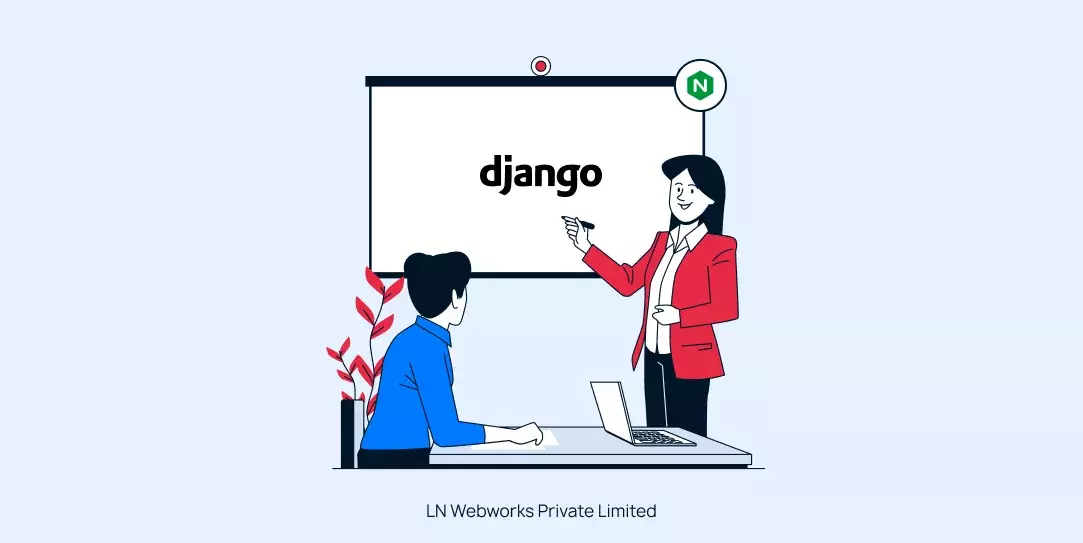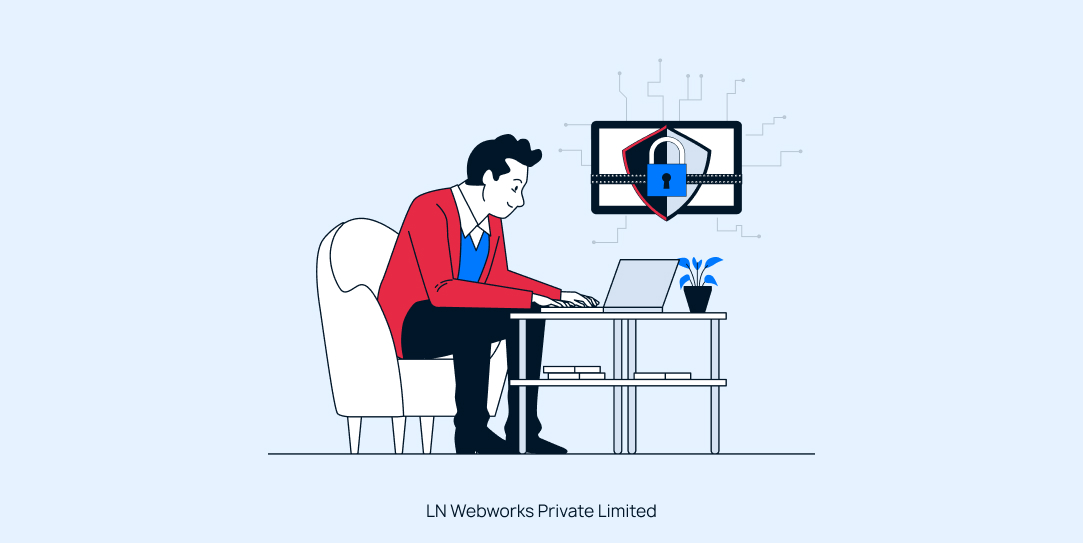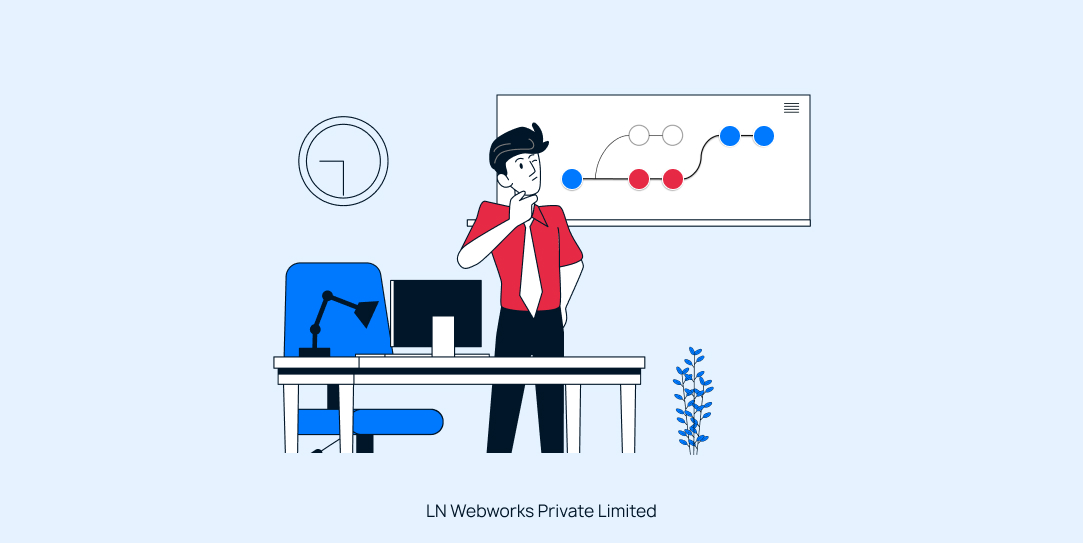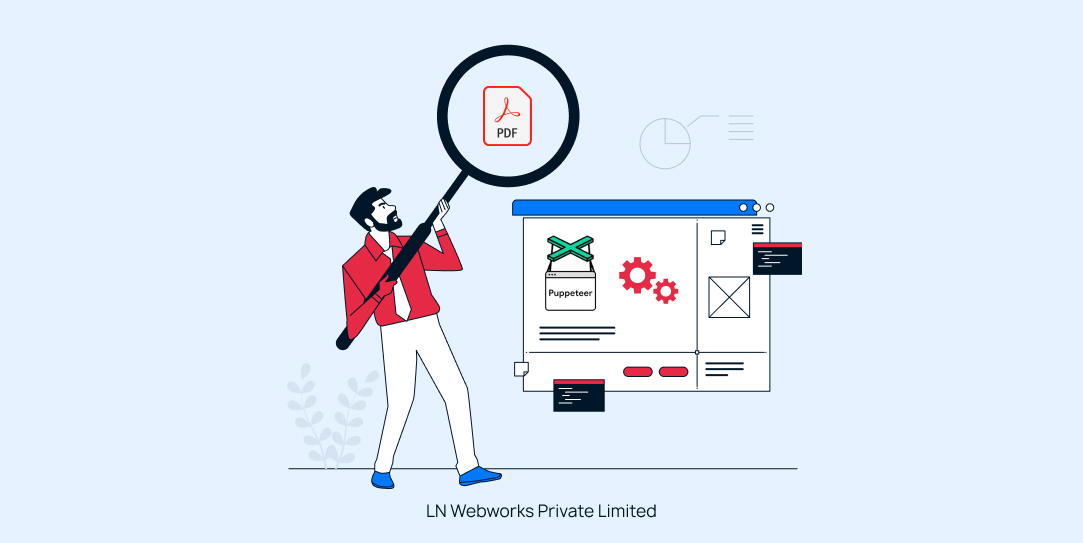Subscribe To Our NewsLetter
Share This Post:
Ever been working on your Django project, only to find your images aren’t showing, styles aren’t loading, and things just seem…off? This frustration often happens when dealing with static files (like images, CSS, and JavaScript) when you have “debug mode” turned on in your Django settings.
But don’t worry! There’s a superhero to the rescue: WhiteNoise. This awesome tool will fix those static file woes and make your website look fantastic, whether you’re building it (development mode) or showing it off to the world (production mode). Let’s dive in and learn how WhiteNoise makes managing static files in Django a breeze!
Overview Of Django
Django, a powerful Python web framework, excels in building dynamic web applications. During development, you want a smooth workflow where static files like CSS, JavaScript, and images load effortlessly. This is where the DEBUG setting comes into play.
Static Files In Django Development
Static files, such as CSS, JavaScript, and images, are essential for creating a dynamic and visually appealing web application. In Django, these files are managed using the STATICFILES_DIRS and STATIC_ROOT settings.
DEBUG=True Behavior
- Django’s built-in development server seamlessly serves static files directly from your project directory.
- No manual configuration is required.
- Ideal for development environments where quick iteration and testing are paramount.
DEBUG=False Behavior: Production Considerations
- Django stops serving static files when DEBUG=False.
- In production environments, you need a dedicated web server like Apache or Nginx to handle static file serving.
- A separate mechanism for collecting static files into a single location (e.g., /static/) is essential.
- This separation improves performance and security in production settings.
White Noise: A Bridge for Seamless Static File Serving
(Third-party library offering a convenient solution.)
White Noise bridges the gap between development and production, ensuring consistent static file serving regardless of the DEBUG setting.
Detailed Guide To The Installation And Configuration
This guide provides step-by-step instructions for setting up and configuring your Django development environment. It covers the installation of necessary software, configuring project settings, and ensuring all components are correctly integrated.
1. Install White Noise
pip install whitenoise2. Configure Settings.py
# settings.py MIDDLEWARE = [
# ... other middleware
'whitenoise.middleware.WhiteNoiseMiddleware',
# ... other middleware
]# ... other configuration
STATIC_URL = '/static/'
STATICFILES_DIRS = (
os.path.join(BASE_DIR, 'static'),
)
STATIC_ROOT = os.path.join(BASE_DIR, 'staticfiles')# ... you can update folder names (static and static files) accordingly
3. Update wsgi.py
from django.core.wsgi import get_wsgi_application
from whitenoise import WhiteNoise
from django_app.settings import BASE_DIR
os.environ.setdefault('DJANGO_SETTINGS_MODULE', 'config.settings')
application = get_wsgi_application()
application = WhiteNoise(application, root=os.path.join(BASE_DIR, 'staticfiles'))
application.add_files(os.path.join(BASE_DIR, 'staticfiles'), prefix="static/")
4. Let’s collect static files with
python3 manage.py collectstatic --noinputAdvantages of White Noise
- Maintains consistent static file serving irrespective of DEBUG mode.
- No configuration changes needed when switching between development and production.
- Simplified development workflow.
- Can serve static files directly during development (recommended approach)
- Enhances security in production by integrating with your web server for static file serving.
Additional Considerations Of White Noise
- WhiteNoise is not a replacement for a web server’s static file-serving capabilities in production. It can be used in conjunction with your web server for optimal security and performance.
- Consider using a front-end build tool like Webpack or Gulp to automate and optimize the static file management process, especially in complex projects.
- For more advanced static file serving scenarios, explore Django’s built-in static files app and the collectstatic management command.
Let’s Wrap It Up!
By understanding the distinct behaviors of Django’s DEBUG setting and leveraging WhiteNoise, you can establish a streamlined approach to managing static files throughout your development process. WhiteNoise empowers you to streamline development and simplify the transition to production.
At LN Webworks, our team of seasoned experts is always ready to assist you with your digital needs. Contact us today to schedule your free consultation!
Share This Post:
Author Information

Yashraj
Web DeveloperHi, my name is Yashraj. I have two years of experience at LN Webworks Private Limited. During my time there, I have worked with many programming languages and technologies, including Python, JavaScript, Django, FastAPI, Docker, and I have a good command of Linux. In my free time, I like to browse and debug websites online.
Talk With Certified Experts Of LN Webworks!
Related Articles
June 6, 2024
How to Encrypt Payloads for API Security
May 20, 2024
Step By Step Guide To Git Rebase Command
May 15, 2024



